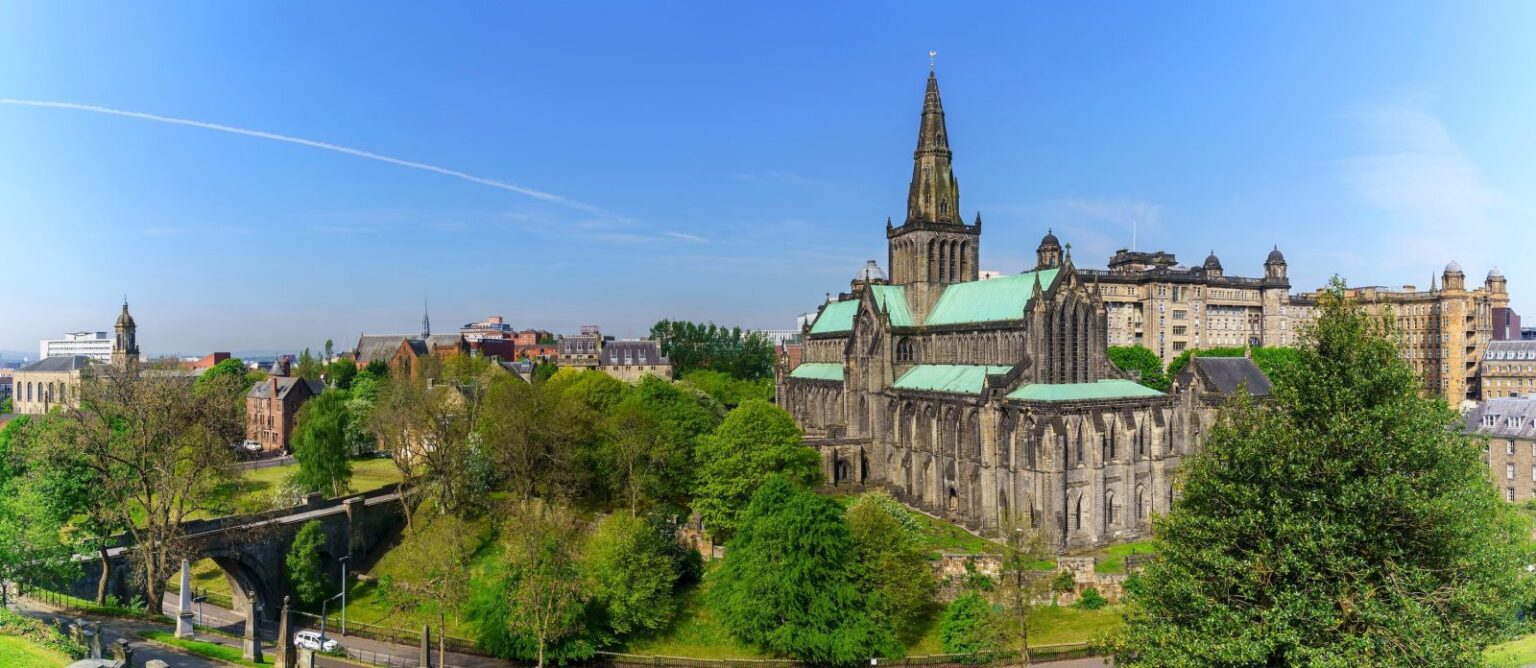
The very Church that had rejected him offered him a final resting place and erected a monument in his honour. A pioneer of the modern apostolate found his last resting place in Glasgow, the city that the Chief Apostle is visiting this weekend.

Photo: Patra Kovitvanich

Photo: Public Domain

Photo: Tim Naab


Photo: Tim Naab

Photo: Tim Naab
“Irvingians” is what the Catholic Apostolic Church was often called. And “New Irvingians” was the name once given to the church that had spread to Germany, from which the New Apostolic Church emerged. A fallacy: Edward Irving was not the founder of the apostolic movement in the nineteenth century, even though he played an important role.
A special preacher
Three men were at the centre of the events that ultimately led to the reoccupation of the Apostle ministry: there was Henry Drummond, an English banker, at whose country estate the Albury Circle met. There was John Bate Cardale, a lawyer, who became the first Apostle of modern times. And then there was Edward Irving, a minister, who supported Drummond and whose congregation took in the still searching Cardale.
Irving was the pastor of a congregation in London, the Caledonian Chapel. His flamboyant preaching attracted crowds so that the Church council had a new and larger church built for him with room for 1,800 people. But when he turned to the apostolic movement, he was forced to leave the church.
Expelled and rejected
Irving tolerated prophecy and speaking in tongues in his services. In 1832, the Church of Scotland expelled him. He did not give up and continued to preach, outdoors if necessary, and soon to 800 followers again. The national church held a hearing and in 1833 he was excommunicated and deposed from his ministry.
This was not the end, however. A few weeks later, Cardale—who had meanwhile been called as an Apostle by prophets—ordained him an angel of the church (not yet called Catholic Apostolic Church) in London’s Newman Street. Indeed, Edward Irving continued to be active, but not for long.
Appreciated and honoured
Edward Irving was overworked and experiencing health problems. He ignored the recommendation of his doctors to take a break. On a missionary tour of sorts to Scotland he came to Glasgow. He died there on 8 December 1834 at the age of 42 of lung disease. Presbyter Laurie, the man who had brought the young preacher to London at the time, made his burial place available—in the crypt of Glasgow Cathedral.
The funeral was also attended by many clergy from across the city, the Times reported: They may have disagreed with his theology, but were constrained to acknowledge him as a saintly man. “Every other consideration was forgotten in the universal and profound sympathy,” the Scottish Guardian wrote.
Edward Irving has been memorialised in the cathedral in the form of a stained-glass window by the famous Italian stained glass artist Guiseppe Bertini. “It is a picture of John the Baptist, whom Irving so resembled in mission and in contents of preaching,” the American historian Plato Ernest Shah wrote. “But the face in that picture is the face of Edward Irving.”




